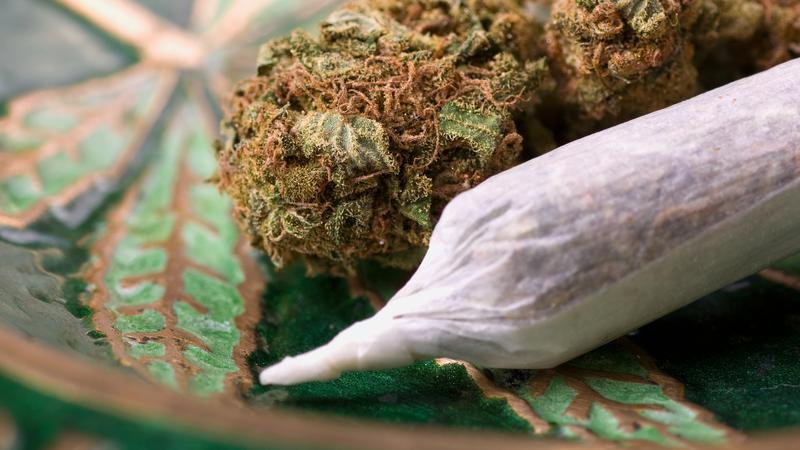Calgary (Rajeev Sharma): Alcohol consumption is on a steady decline across Canada, but nowhere has the drop been more dramatic than in Alberta. Once leading the country in booze intake, Albertans are now drinking significantly less, the equivalent of a 4.5-litre Costco-sized vodka bottle per person less each year compared to 2008.
In terms of beer, that’s 107 fewer brews annually per person.
Back in 2008, Alberta topped the national charts with each adult (aged 15+) consuming 9.7 litres of pure alcohol. Fast forward to last year, and that figure has dropped to 7.6 litres, a decline of 1.9 litres, tying Alberta with Saskatchewan for the biggest reduction in alcohol consumption in two decades of data tracked by Statistics Canada.
A Surge in Cannabis Spending
While alcohol use declines, legal cannabis sales in Alberta have surged. The province topped the nation in per capita spending on cannabis last year, with legal-age Albertans shelling out an average of $248 each, far ahead of Saskatchewan’s $205 and more than double Quebec’s $96.
However, experts warn against directly linking declining alcohol use to rising cannabis consumption. Michael Armstrong, a professor at Brock University specializing in the cannabis industry, said there’s no clear evidence that legalization caused a mass shift from booze to weed after 2018.
“It wasn’t like Canadians suddenly swapped their beer mugs for joints,” Armstrong explained.
Instead, he attributes Alberta’s high cannabis sales to the sheer number of retail outlets. Alberta was an early mover in opening cannabis stores and, at one point in 2019–2020, had more stores than the rest of Canada combined. Even now, it ranks third in cannabis store density, trailing only Manitoba and Saskatchewan — and has 12 times as many stores per capita as Quebec.
Why Are Albertans Drinking Less?
The answer isn’t simple. Armstrong believes the fall in alcohol consumption stems from a combination of factors, not a single cause.
Nationally, young adults are drinking less, influenced by rising costs and a cultural shift toward health-consciousness and moderation. Canada’s updated low-risk drinking guidelines have also set stricter limits, reinforcing a broader public health message.
The early months of the COVID-19 pandemic saw a temporary spike in alcohol sales, but that trend quickly reversed, giving way to continued declines. At the same time, the non-alcoholic beverage market has exploded. NielsenIQ recently reported Canadian sales of non-alcoholic drinks jumped to $199 million last year, up from $137 million just two years prior.
Non-alcoholic beers, wines, and mocktails are gaining traction, not only as substitutes but as a lifestyle choice.
Calgary resident Nikki Guilcher says she and her husband have been drinking more alcohol-free beer lately, and her hiking group has embraced the trend as well.
“At the top of the mountain, at least half of us are cracking open non-alcoholic beers,” she said.
For Kent Vuong, another Calgarian, health reasons played a role. “I’m pushing 41, and even one drink gives me a headache now. When I’m out, I just go with a non-alcoholic beer.”
Pricing and Long-Term Trends
Alcohol’s downward trend in Alberta isn’t a recent phenomenon. Since its 2008 peak, consumption has mostly declined, aside from a temporary pandemic spike. That year also marked the introduction of minimum drink pricing in Alberta’s bars: $1.75 for a glass of wine, $2.75 for a beer, and $3.20 for a pint.
While alcohol has steadily become more expensive, cannabis has become cheaper. Between late 2018 and May 2025, alcohol prices in Alberta climbed by 14%, while legal cannabis prices fell by 38%.
That affordability gap could influence future trends, Armstrong noted.
“Right now, it’s far cheaper to get buzzed on cannabis than alcohol,” he said. While he doesn’t believe current drinkers are switching en masse, he predicts the next generation — those growing up with both substances legally available- might be more inclined to pick cannabis over alcohol.
Rather than seeing a sharp pivot among existing consumers, Armstrong sees a generational shift on the horizon: “It’s less about current drinkers changing habits, and more about future consumers making different choices entirely.”

